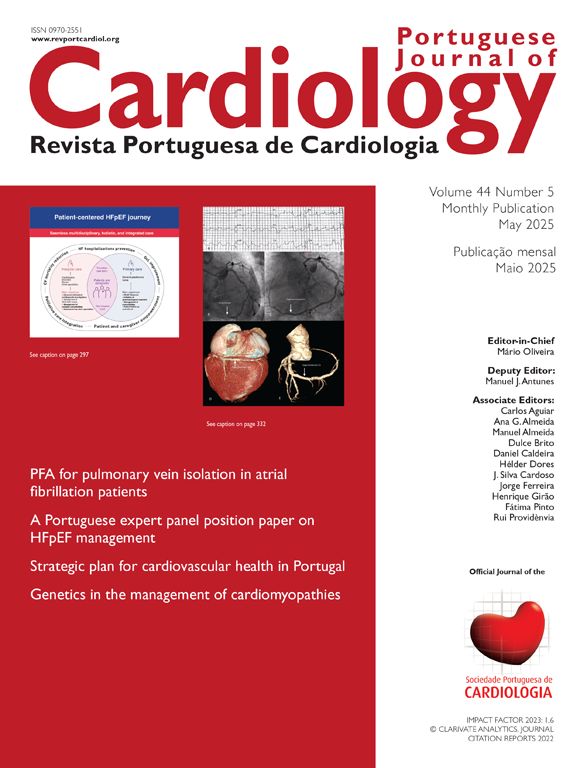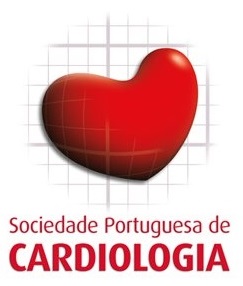A 43-year-old male patient reported a one-year history of diarrhea, flushing, weight loss and jaundice. Physical examination showed bilateral lower limb edema. Cardiac auscultation revealed a holosystolic murmur irradiating to the axilla. He had no known medical conditions and took no medication. Electrocardiogram revealed sinus rhythm with a heart rate of 55 bpm. Chest xray was normal (Figure 1). Laboratory findings revealed cholestatic/hepatocellular liver injury with hyperbilirubinemia. Auto-immune markers and viral serologies were negative. Full body computed tomography showed hepatomegaly, no signs of chronic liver disease and three liver nodular lesions. Liver biopsy revealed metastasis of a neuroendocrine tumor. A 68Ga-DOTATATE positron emission tomography scan showed increased liver uptake and an uptake area in the small intestine.
Additional blood work revealed elevated serum chromogranin A, neuron-specific enolase and urinary 5-Hydroxyindoleacetic acid.
A multidisciplinary tumor board decision was to start systemic treatment with a somatostatin analog and consider liver surgery/transplant if stable disease or response took place after six months.
Pre-transplant transthoracic echocardiogram showed dilation of right heart chambers, thickening and immobility of the tricuspid leaflets causing torrential regurgitation (Figure 2: Panels A and B; Video 1), thickening and restriction of the pulmonary valve with moderate regurgitation and mild stenosis (Figure 2: Panels C and D; Video 2) suggestive of carcinoid syndrome. No left heart involvement was documented.
Carcinoid tumors are rare and have a systemic expression in up to 5% of cases with right heart involvement in 20–66% of cases1,2 Echocardiography is a useful imaging tool with diagnostic and prognostic value.1,2 This case highlights the importance of echocardiography showing pathognomonic cardiac manifestations of a rare subset of tumors.
Conflicts of interestThe authors have no conflicts of interest to declare.







